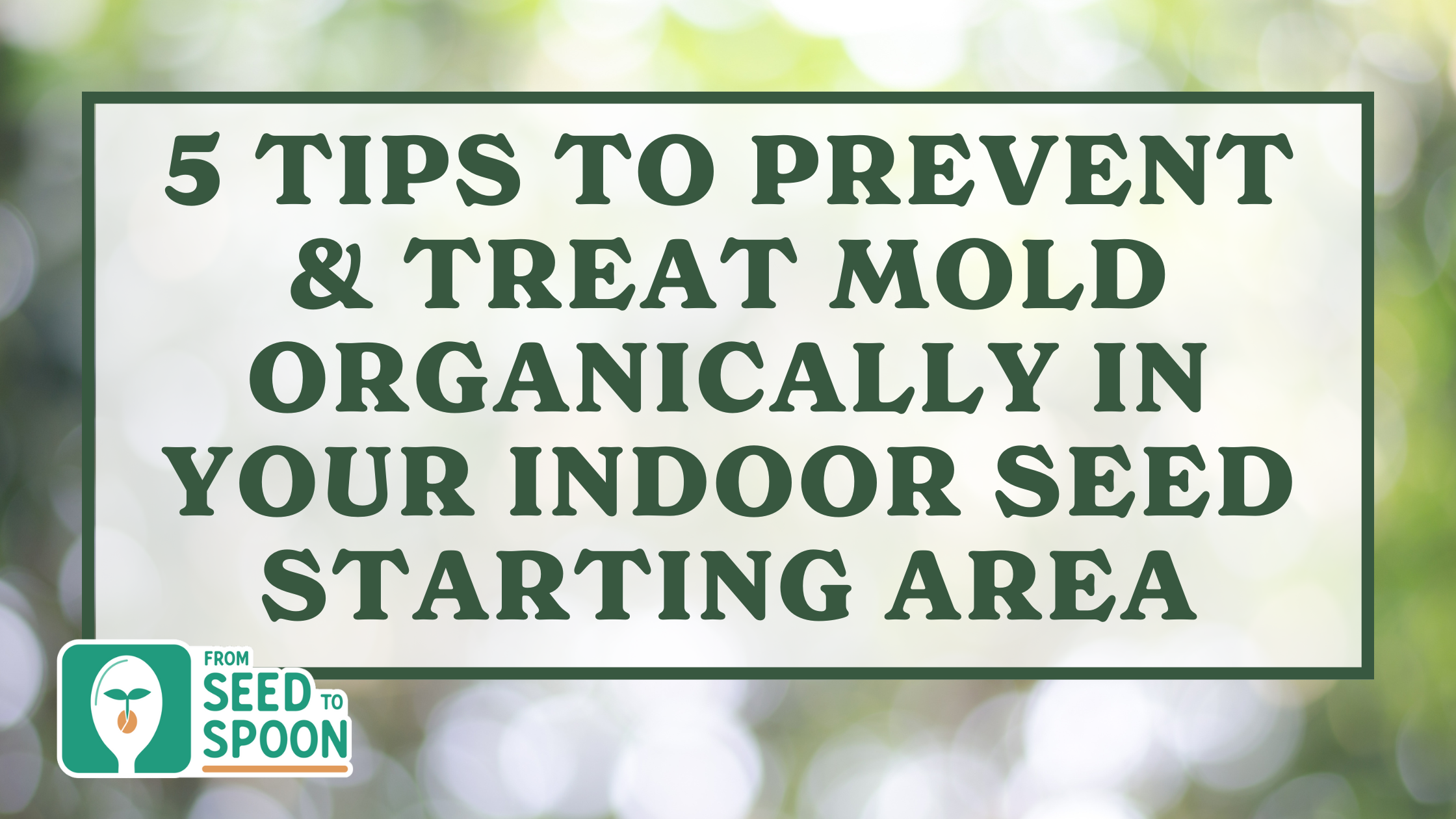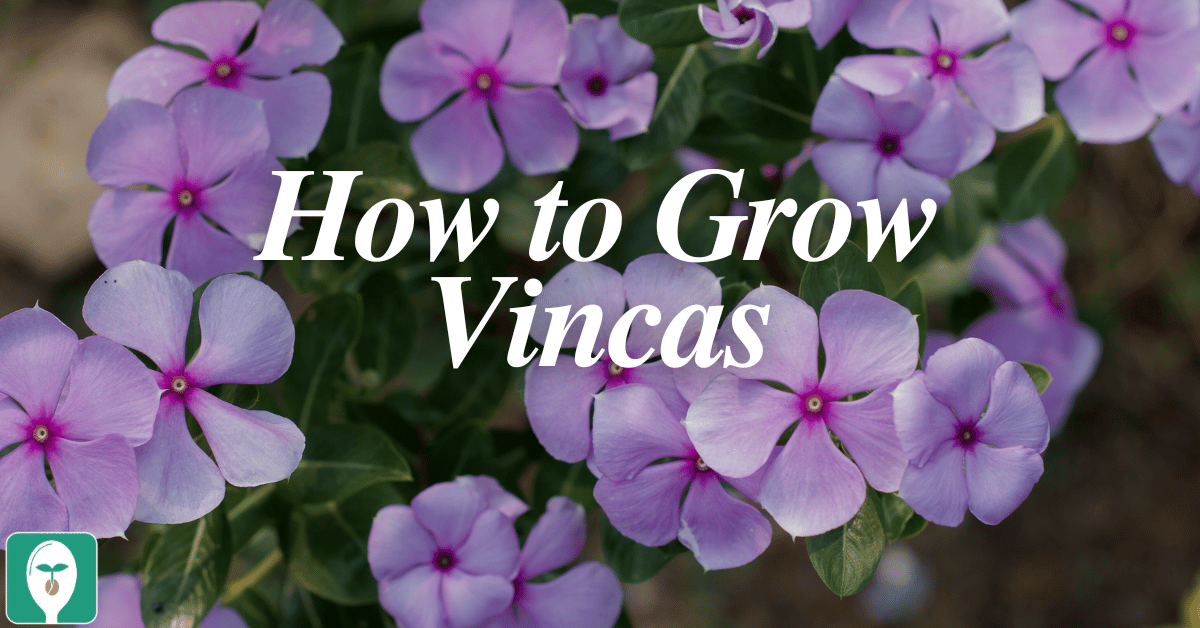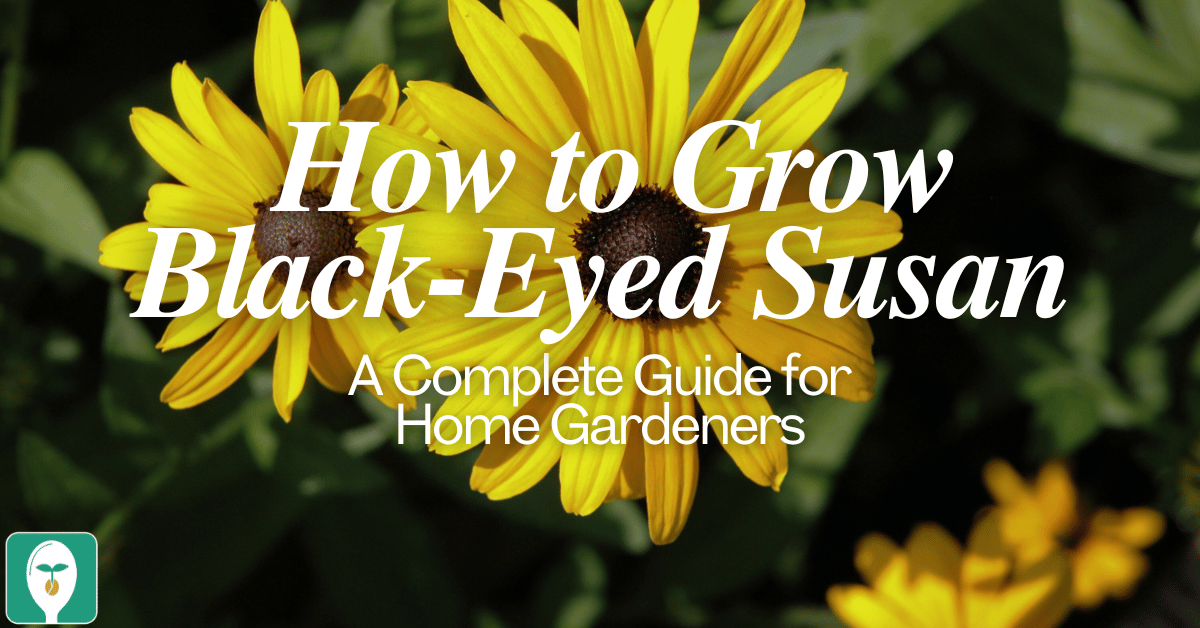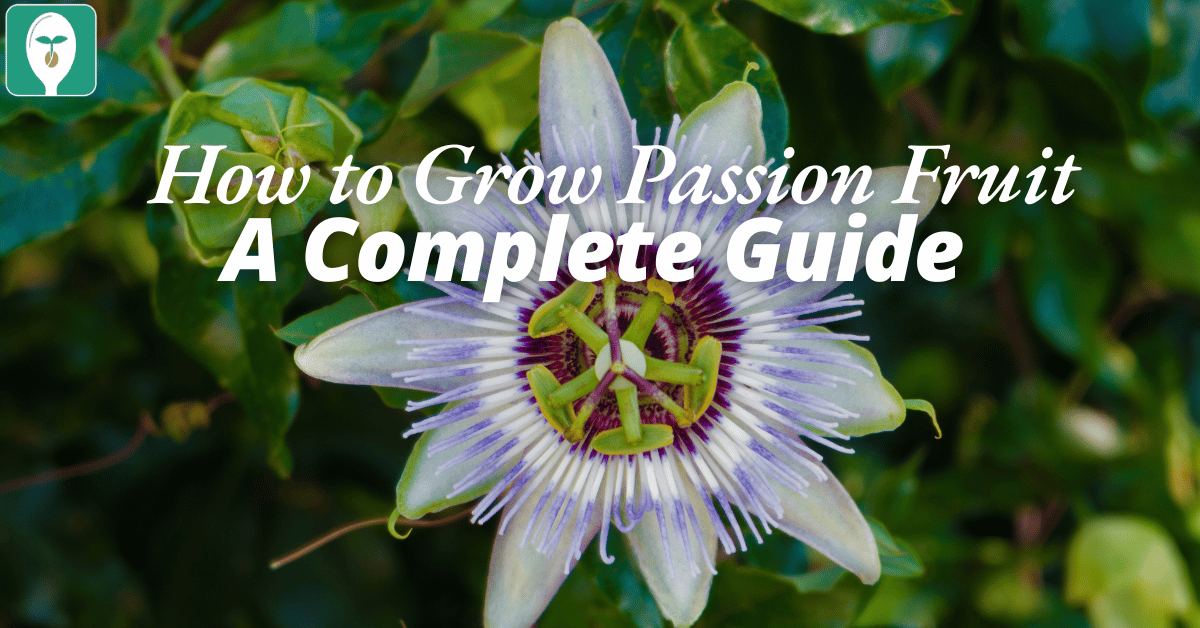For those diving into gardening, managing mold in indoor seed starting setups can present a notable challenge. Mold issues, often arising from overwatering or poor air circulation, can significantly impact the health of young plants. Yet, with informed strategies and the correct approach, preventing and combating mold is entirely achievable, ensuring your seedlings develop robustly. In this piece, we will delve into vital tips and organic practices for keeping your seed starting zones free from mold. Moreover, we will introduce how the Seed to Spoon app can become an essential tool in your gardening toolkit, offering guidance and resources to foster a healthy start for your garden.
Understanding the Causes of Mold
Mold in seed starting areas primarily results from two factors: overwatering and inadequate ventilation. Overwatering creates a damp environment conducive to mold growth, while insufficient airflow allows mold spores to settle and proliferate. Recognizing these causes is the first step in preventing mold from taking hold.
Preventing Mold Growth
Water from Below: To avoid overwatering, always ensure you water your seedlings from below. Products like Bootstrap trays or the Park Seed Bio Dome are designed to facilitate bottom watering, allowing plants to absorb moisture without leaving the soil’s surface wet and susceptible to mold.
Ensure Adequate Ventilation: Good air circulation is crucial in preventing mold. Setting up fans around your seed starting area can promote airflow, making the environment less inviting for mold. Fans not only prevent mold but also help strengthen seedlings by simulating natural wind.
Clean Your Equipment: Before starting each new season, thoroughly clean your seed starting trays and tools with a solution of water and bleach (in a ratio of n parts water to one part bleach). This practice eliminates any lingering mold spores and other pathogens that could harm your seedlings.
Treating Mold Issues
If you find mold growing among your seedlings, don’t despair. Several organic solutions can help you manage and eliminate the problem:
Increase Airflow: Introducing or enhancing airflow with fans can help dry out the mold and stop its spread.
Adjust Watering Practices: If you’ve been watering from the top, switch to bottom watering to reduce soil surface moisture.
Use Organic Remedies: Ground cinnamon, hydrogen peroxide solution (three parts water to one part hydrogen peroxide), and yellow sticky traps are effective organic solutions for treating mold. Cinnamon and diatomaceous earth can deter mold growth when sprinkled on the soil’s surface, while hydrogen peroxide solution can be sprayed directly on affected areas to kill mold without harming your plants.
Leveraging Technology for Gardening Success
In addition to these practical tips, leveraging technology can significantly enhance your gardening success. The Seed to Spoon app is a comprehensive tool that guides you through every step of your gardening journey, from selecting the right plants to providing personalized planting dates based on your location. With features designed to help you manage watering schedules and prevent common gardening issues like mold, the Seed to Spoon app is an essential resource for gardeners of all levels.
By following these guidelines and utilizing the Seed to Spoon app, you can create a healthy, mold-free environment for your seedlings to thrive. Whether you’re a seasoned gardener or just starting, these tips will ensure your indoor gardening efforts are successful and rewarding.
Download the Seed to Spoon app today and take the first step towards a bountiful and healthy garden. Happy gardening!

Carrie Spoonemore, co-founder of “From Seed to Spoon,” stands as a beacon of inspiration for gardeners and health enthusiasts alike. Her journey alongside her husband, Dale Spoonemore, in creating a platform that demystifies gardening and promotes a healthier lifestyle, has made a significant impact on individuals around the globe. Through the “From Seed to Spoon” app, Carrie has dedicated herself to empowering people to take control of their health and environment by growing their own food.
With a profound belief in the power of gardening to improve mental and physical health, Carrie’s contributions to the Seed to Spoon blog reflect her holistic approach to wellness. Her articles often focus on the nutritional benefits of homegrown fruits and vegetables, organic gardening practices, and the mental health benefits of spending time in nature. Carrie’s expertise in health science shines through in her detailed discussions on how specific plants can contribute to a balanced diet and overall well-being.
Carrie’s passion for gardening is deeply intertwined with her commitment to family and community wellness. She frequently shares personal stories of how gardening has brought her family closer together, offering practical tips for involving children in gardening activities and making it a fun, educational experience. Her writing encourages families to explore gardening as a means of spending quality time together while learning about nature and sustainability.
In addition to gardening advice, Carrie’s contributions to the blog include insights into the use of technology to enhance the gardening experience. She has played a crucial role in designing the “From Seed to Spoon” app to be user-friendly, ensuring that users of all ages and backgrounds can navigate the complexities of gardening with ease. Her vision for the app is not just as a gardening tool but as a vehicle for change, inspiring individuals to adopt a more sustainable lifestyle by growing their own food.
Carrie Spoonemore’s presence on the blog is marked by her compassionate approach to teaching and her unwavering belief in the transformative power of gardening. Her work continues to inspire a community of gardeners to pursue a healthier, more sustainable way of living, proving that with the right tools and knowledge, anyone can become a gardener and advocate for their health and the planet.






